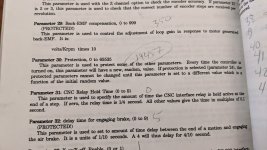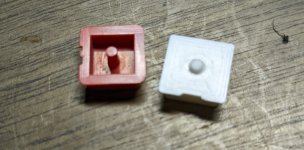DubbleTrubble
Aluminum
- Joined
- Feb 8, 2021
- Location
- Hollyweird CA
After sleeping on it, I have two thoughts:
Also - do you know the formula to unlock the parameter protection through parameter 30? I found a formula, but it seems to be for a more modern unit (e.g. multiply by 1027, convert to hex...)
- Is the missing thermostat hot lead the issue?
- Could the home sensor be the issue? I have not checked it yet and I don't quite understand how it works. It's got three leads.
Also - do you know the formula to unlock the parameter protection through parameter 30? I found a formula, but it seems to be for a more modern unit (e.g. multiply by 1027, convert to hex...)
Last edited:











